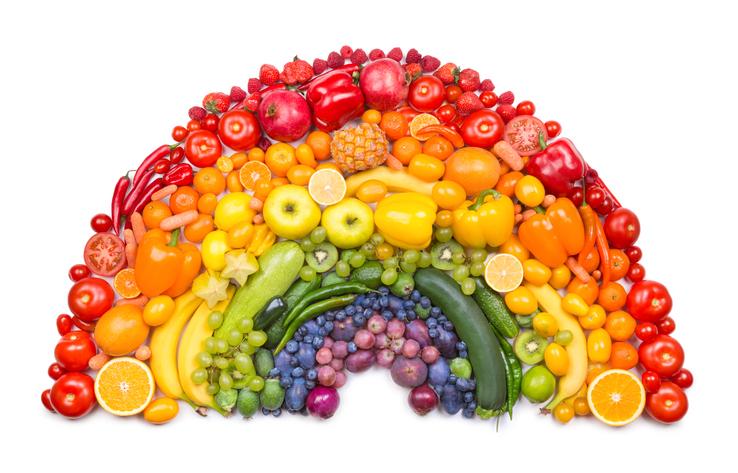Significantly improve your health and well-being. These colorful plant foods contain phytonutrients, which are compounds responsible for their rich colors, distinctive tastes, and aromas. Phytonutrients also help plants protect themselves from threats in their environment, and when humans consume them, they protect us from chronic diseases, including cancer and heart disease.
To benefit from these phytonutrients, aim to consume at least 2-1/2 cups of fruits and vegetables daily, as recommended by the American Cancer Society and the US Dietary Guidelines. Try to include a balance of colors in your diet, as each color provides unique health benefits. To maximize phytonutrient intake, eat the colorful skins of fruits and vegetables, as they are the richest sources of these beneficial compounds.
Here’s a breakdown of fruits and vegetables by color and the phytonutrients they contain:
Red:
Rich in lycopene, a powerful antioxidant that may protect against prostate cancer, heart disease, and lung disease. Found in strawberries, cranberries, tomatoes, cherries, and more.
Orange and Yellow:
Provide beta cryptothanxin, which supports intracellular communication and may help prevent heart disease. Found in carrots, sweet potatoes, oranges, and bananas, among others.
Green:
Rich in cancer-blocking compounds like sulforaphane and isothiocyanates. Found in spinach, broccoli, kale, and green tea, among others.
Blue and Purple:
Contain anthocyanins, potent antioxidants that may delay cellular aging and help protect the heart. Found in blueberries, blackberries, eggplant, and more.
White and Brown:
Foods like onions and garlic contain allicin, which has anti-tumor properties. Other foods in this group contain flavonoids like quercetin and kaempferol. Found in onions, garlic, mushrooms, and more.
To reach a total of 4-1/2 cups of colorful fruits and vegetables daily, try to incorporate them into every meal and snack. Half a cup of chopped raw vegetables or fruit makes one serving, and leafy greens take up more space, so one cup chopped counts as a serving. Munch on fruits or sliced raw vegetables as snacks, and try to eat two servings in the morning, two in the afternoon, and two at night.
Remember to look for a variety of colors in your shopping cart, and explore local sources like farmers markets and community-supported farms for fresh produce. Frozen fruits and vegetables are also nutritious and can be a convenient option when seasonal produce is limited.
By painting your plate with the colors of the rainbow, you’ll not only create visually appealing meals but also promote better health and longevity through the power of phytonutrients.

